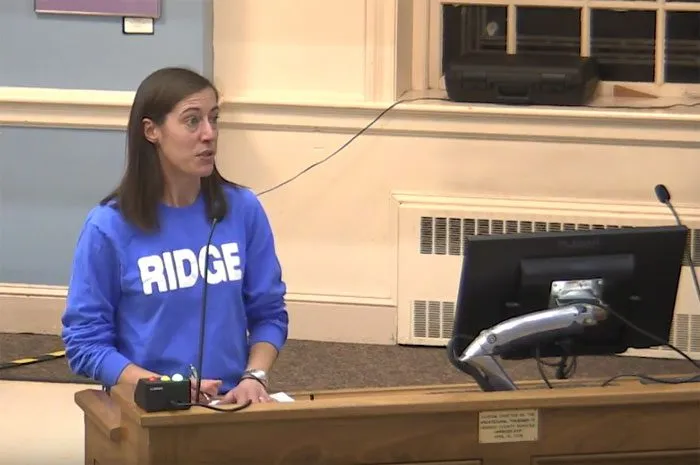Related

PHOTOS: Henrico's Spanberger inaugurated as first female governor in Virginia history
Glen Allen resident Abigail Spanberger, 46, was inaugurated as the 75th governor of Virginia Jan. 17, becoming the first woman ever to hold the position. Spanberger, a Democrat who moved with her family to Henrico County at the age of 13 and later graduated from J.R. Tucker High School,
Click here to read more
Henrico officials warn residents about ICE agents spotted in Short Pump, West End
Henrico residents in the Three Chopt District have reported sightings of Immigration and Customs Enforcement agents in the area, according to Three Chopt District supervisor Misty Roundtree. Residents in Western Henrico spotted ICE agents gathered in the parking lot of the Short Pump Town Center and saw trucks driving down
Click here to read more
'Folks are struggling': Henrico delegates are laser-focused on affordability for the 2026 legislative session
During the past year, delegate Destiny LeVere Bolling (D-80th District) has gotten a number of desperate calls from her Eastern Henrico constituents, some who work two or three jobs, saying that they cannot afford to pay their utility bills and are at risk of eviction. “I’ve got folks that
Click here to read more
3 face charges in 2025 death of Henrico toddler
Henrico Police officials have arrested a woman and are looking for a man and woman in connection with the June 2025 death of a toddler. All three face criminal indictments in connection with the death of the three-year-old girl, who was found unconscious and not breathing June 3 in the
Click here to read more
